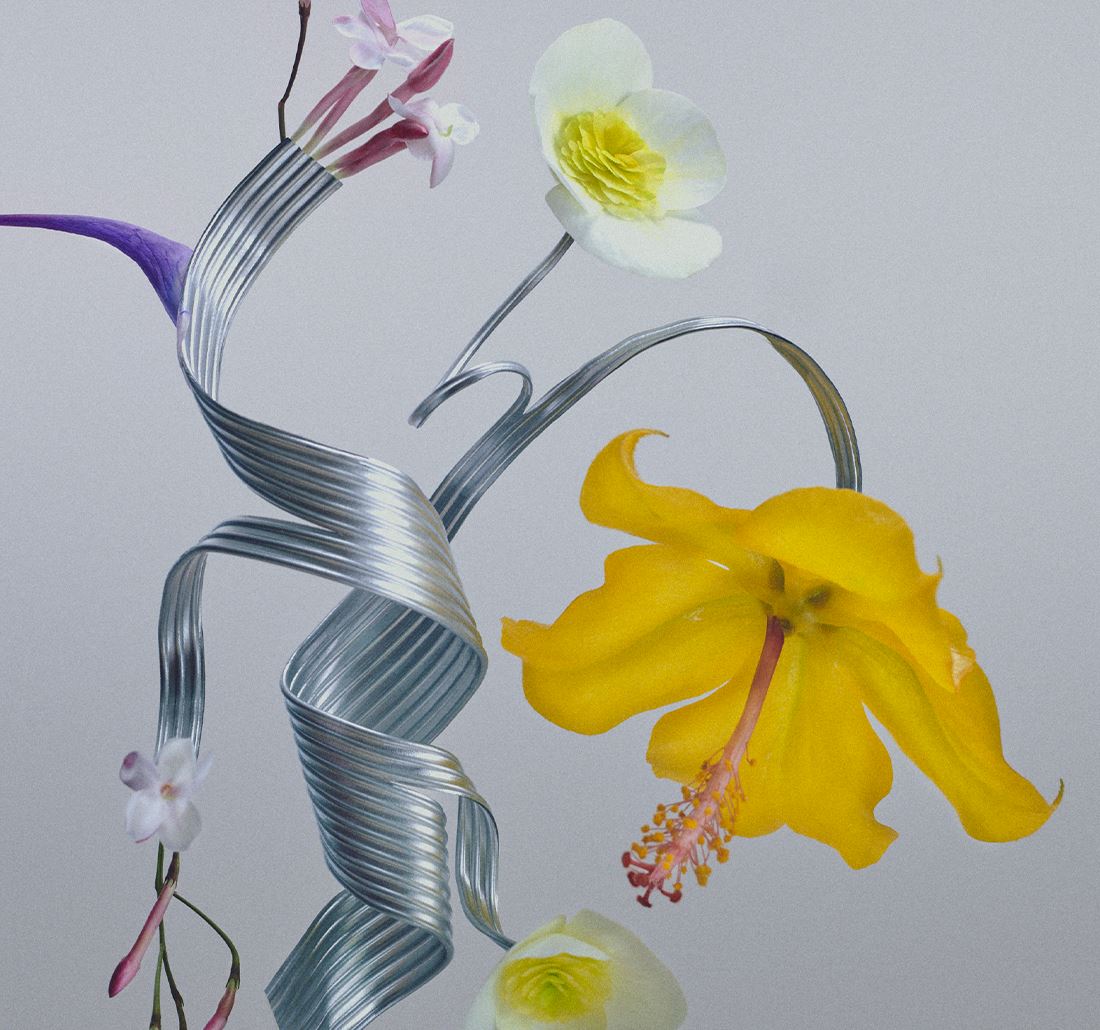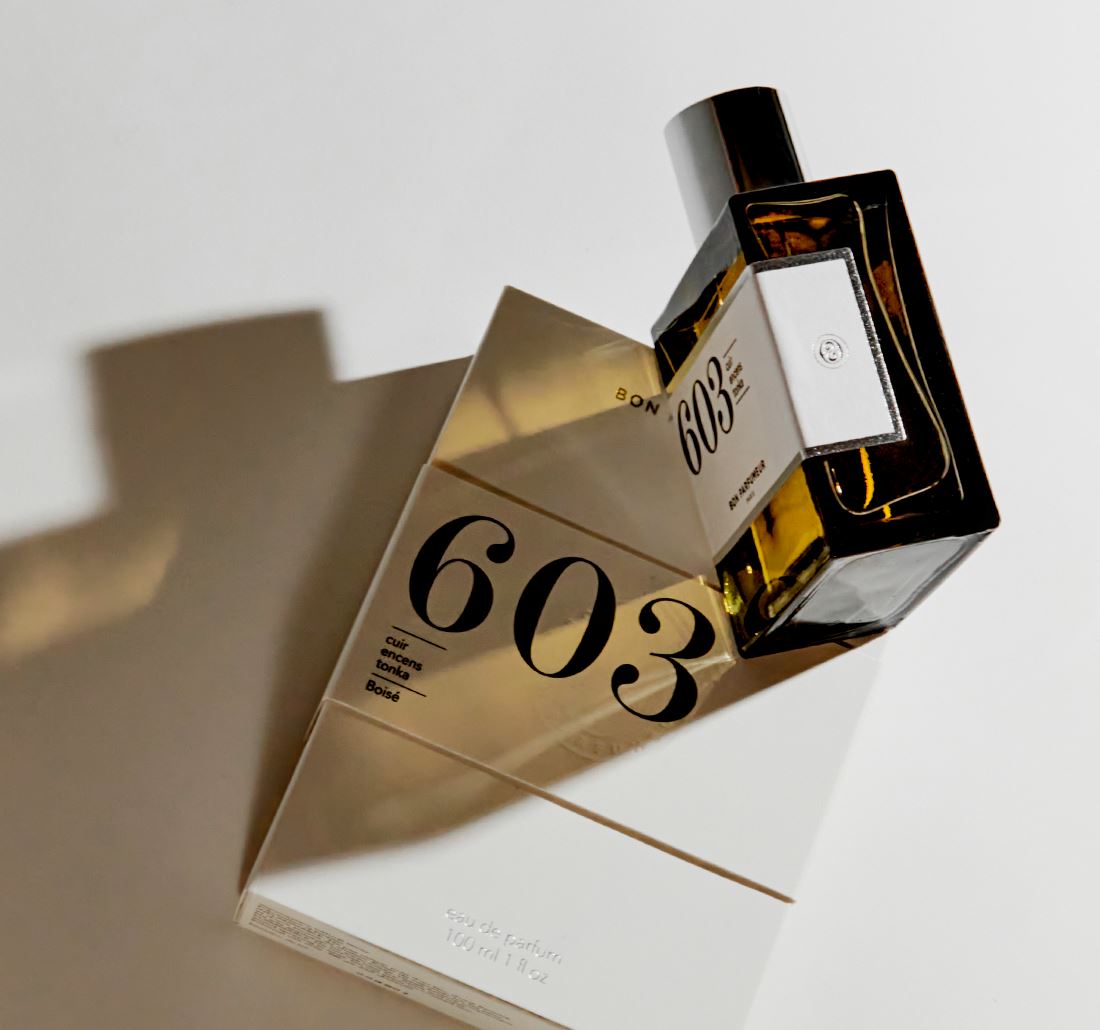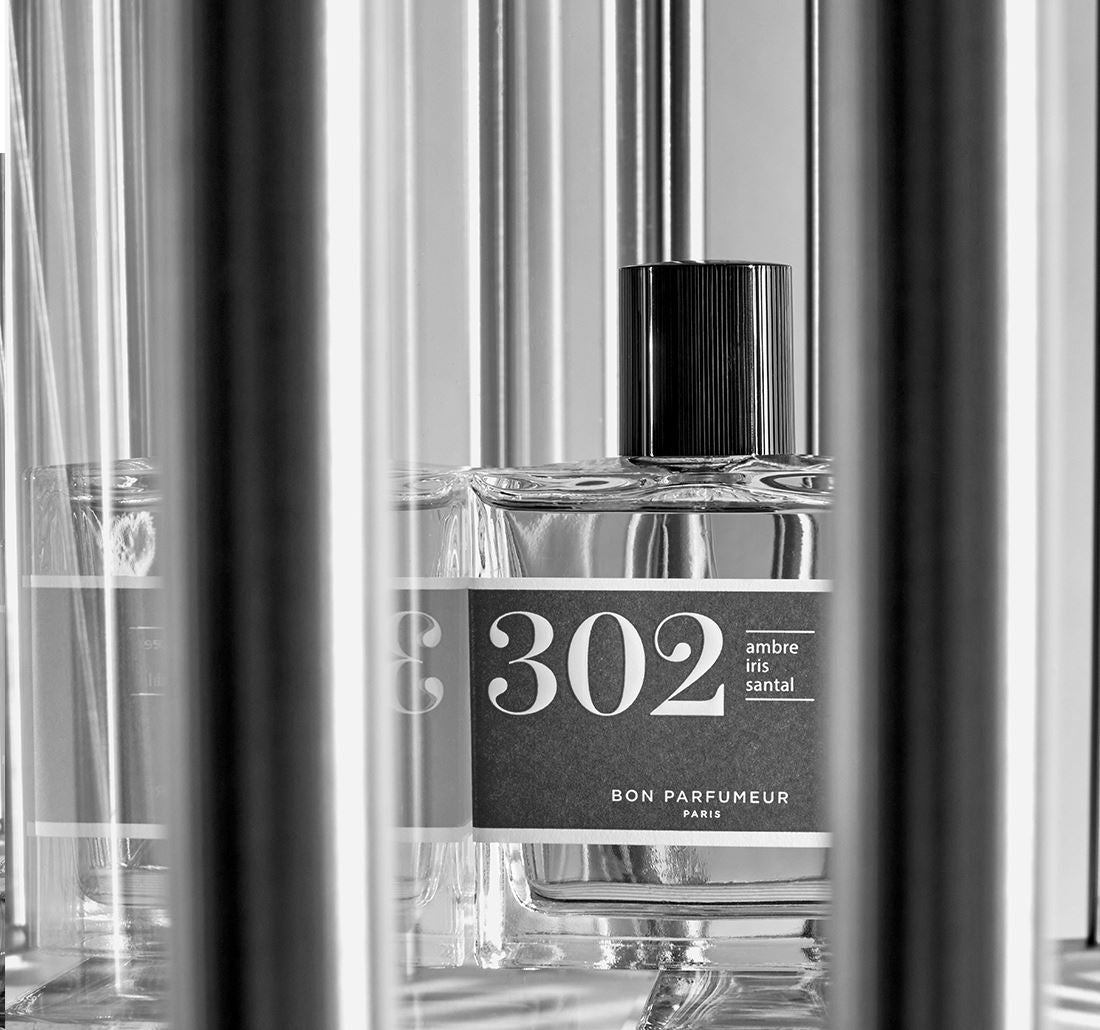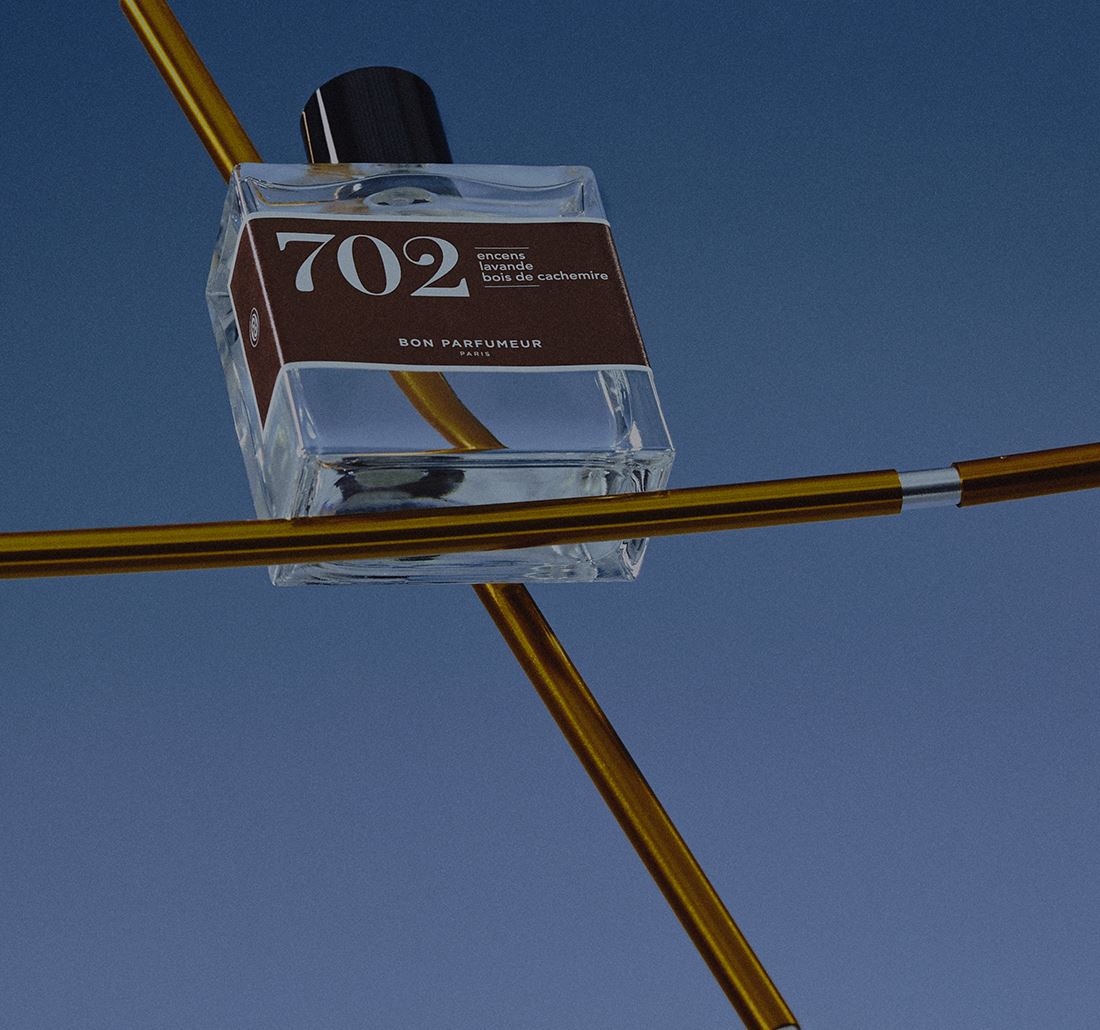SUMMARY
01. What is headspace technology?
02. The history of headspace technology
03. How does headspace technology work?
Every year, new plants are discovered and perfumers scour the world for new scents to boost their creativity. However, there can be a problem: not all plants can be distilled. A great deal of inventiveness was needed to capture the scent of certain plants and to use them to make a perfume. This led to the creation of headspace technology.
What is headspace technology?
Headspace technology is a technique that makes it possible to take a kind of photograph of a scent at a specific time. The smell of a blooming flower, the smell of ripe fruit: this innovative technique preserves a particular scent at a very precise moment.
The history of headspace technology
Headspace technology was developed in the 1970s. It captures the fragrance of flowers that can’t be transformed into essential oils. The process only involves flowers: their fragrance is captured without them needing to be cut. A glass bell cover is placed over the flower and gas is injected. This gas will capture the flower’s scent and layer it onto a wick made from a top-secret material. This wick is then analyzed in a laboratory. The list of the perfume’s ingredients is given to perfumers to reproduce the original scent.
How does headspace technology work?
It’s a very sophisticated technique, requiring a solid knowledge of chemistry and state-of-the-art equipment including a chromatograph and a spectrometer. Gas chromatography can be used to create a sort of identity card for the plant that details the precise chemical elements that make it up. Mass spectrometry is used to measure their mass. Using the information provided by these two machines, our perfumers can then “see” the scent of a plant and preserve its olfactory identity at a precise moment.
Thanks to this technology, you’ll find new scents in our perfumes that have never been used before.
This new innovative technique boosts perfumers’ creativity and makes it possible to create surprising and singular perfumes. They can then be combined with other scents that are extracted in different ways, including distillation, expression, extraction, carbon dioxide extraction and enfleurage, even though this technique is no longer used.
















